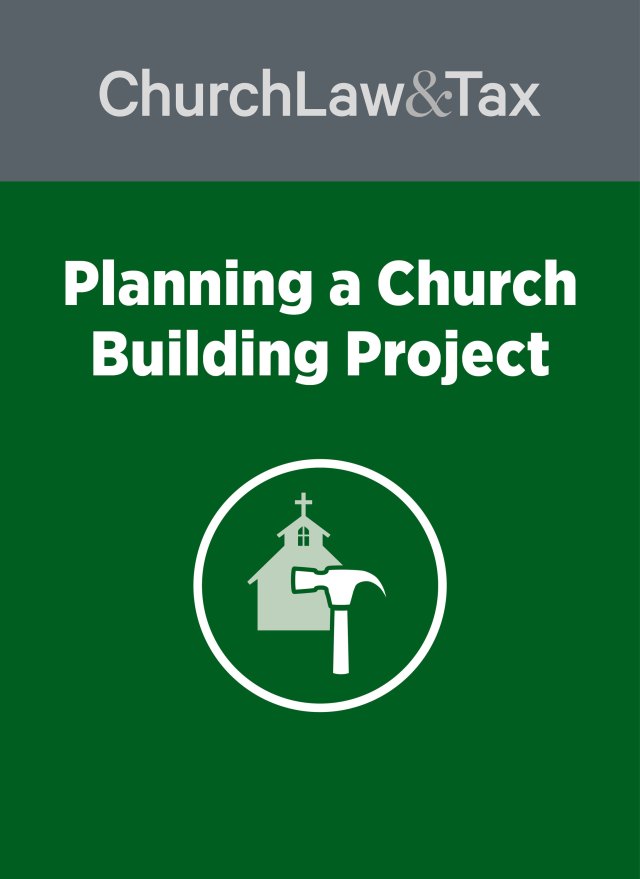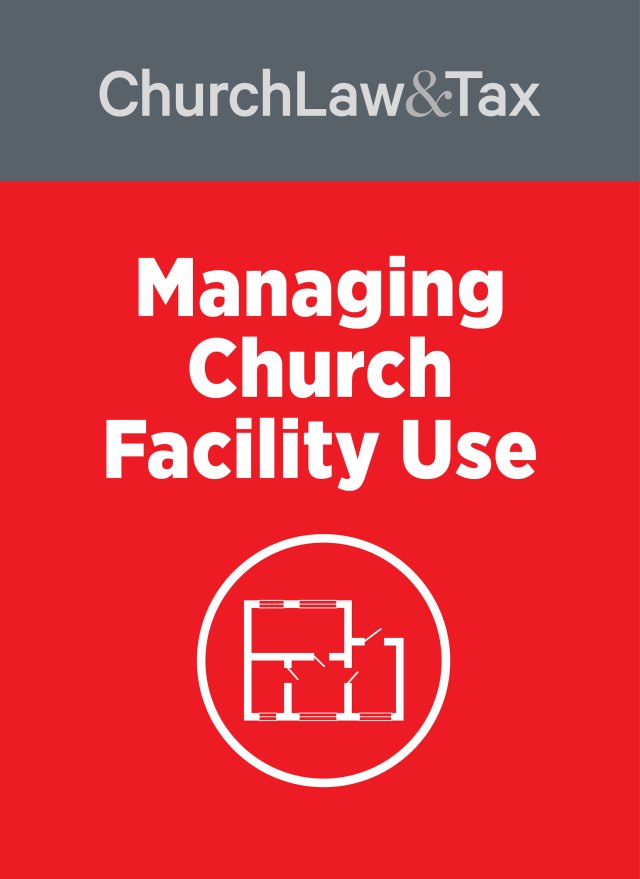• Key point 7-06.2. Some courts permit local zoning commissions to restrict the location of churches in residential areas.
Zoning Law and Churches
* The Oregon Supreme Court ruled that a church’s rights under the Religious Land Use and Institutionalized Persons Act were not violated by a city’s denial of its application for a conditional use permit to construct a new sanctuary. A church congregation grew substantially, and to relieve the overcrowding the church sought to construct a new facility in a neighboring town on a 6-acre tract that was zoned “single family residential” (R1). The city allows the construction of religious buildings in R1 zones if the owner obtains a conditional use permit. The church applied for a permit and submitted a site plan proposing to build a new 17,000 square feet facility on a 3.8-acre parcel that it would create by subdividing the existing 6-acre tract. The proposed facility would be surrounded on three sides by parking lots.
The city planning staff worked with the church to refine the plan and recommended that the city planning commission approve a revised plan that included more vegetation to screen the parking lot from an adjacent street. The church agreed to the revisions and submitted a revised plan. The planning commission held hearings at which it heard witnesses for and against the church’s proposal and evaluated the proposal in light of the city’s Community Development Code (CDC). The CDC required the city to consider several factors in deciding whether or not to issue a conditional use permit, including the presence of “adequate area to mitigate any possible adverse effect from the use on surrounding properties and uses.”
Ultimately, the commission voted unanimously to deny the application. Its written decision stated that the application did not satisfy the CDC because the size and dimensions of the lot did not allow for adequate buffering to mitigate the sound and visual impacts on the neighborhood that a church of this size would create. Further, the commission noted that the church would be “heavily used” and was therefore unsuitable for a residential neighborhood; the roads in the neighborhood were insufficient to handle the traffic that a church would generate; and the scale of the proposed church was “nearly five times the size” of the average building in the area. The commission also rejected the church’s claim that the federal Religious Land Use and Institutionalized Persons Act (RLUIPA) prohibited the denial, because it concluded that the denial did not impose a substantial burden on religious exercise.
The church appealed to the city council, which held its own hearings and accepted additions to the written record. The council then rejected the application, primarily because it found that the lot was too small for a facility the size of the proposed meetinghouse. That inadequacy, it concluded, created detrimental impacts that could not be reconciled with the CDC criteria. The church appealed, claiming that the city’s denial of a conditional use permit violated RLUIPA.
RLUIPA
RLUIPA states: “No government shall impose or implement a land use regulation in a manner that imposes a substantial burden on the religious exercise of a person, including a religious assembly or institution, unless the government demonstrates that imposition of the burden on that person, assembly or institution (A) is in furtherance of a compelling governmental interest; and (B) is the least restrictive means of furthering that compelling governmental interest.”
The Oregon Supreme Court noted that RLUIPA prohibits only “land use regulations” that impose a substantial burden on religious exercise. It concluded that “a government regulation imposes a substantial burden on religious exercise only if it pressures or forces a choice between following religious precepts and forfeiting certain benefits, on the one hand, and abandoning one or more of those precepts in order to obtain the benefits, on the other.” It concluded that the city had not imposed a “substantial burden” on the church’s religious exercise according to this definition:
We agree with the church that the denial of the conditional use permit has several adverse consequences for the church’s effort to build a meetinghouse …. Those hardships, however, do not constitute “substantial burdens” under RLUIPA. The church already has indicated that it would be possible to acquire more land to provide the necessary buffering space between the parking lot and [an adjacent street] that the city has requested. The expenses associated with submitting a new application do not constitute a substantial burden in and of themselves, nor does the requirement of submitting the application. The siting of a large building often involves multiple applications by the builder, changes requested by a city planning commission or city council based on zoning and similar requirements, and related legal, architectural, and engineering costs. The city gave specific reasons for denying the first application, and nothing in the record indicates that the city would not approve a revised application that met its concerns. There is no evidence in the record to suggest that the crowded conditions at the meetinghouse have forced the church to turn away anyone who wished to attend church or to eliminate or reduce church activities. Nor is there any evidence in the record to suggest that the city’s denial was motivated by religious animus. In short, nothing in the record suggests that requiring the church to submit a new application would pressure the church to forgo or modify the expression of a religious belief. Moreover, the hardships imposed on the church are likely to be relatively short-lived.
Application. This case is helpful because of the court’s listing of specific factors to be considered in evaluating a church’s claim that its “religious exercise” has been “substantially burdened” by an adverse zoning decision. These factors will provide church leaders with the means to make a preliminary assessment of the strength of a potential RLUIPA claim. Corporation of the Presiding Bishop of the Church of Jesus Christ of Latter-Day Saints v. City of West Linn, 111 P.3d 1123 (Ore. 2005).
Copyright © 1994 – 2006 Christianity Today International. All rights reserved. This publication is designed to provide accurate and authoritative information in regard to the subject matter covered. It is provided with the understanding that the publisher is not engaged in rendering legal, accounting, or other professional service. If legal advice or other expert assistance is required, the services of a competent professional person should be sought. Church Law & Tax Report, A publication of Christianity Today International, 465 Gundersen Drive, Carol Stream, IL 60188.



